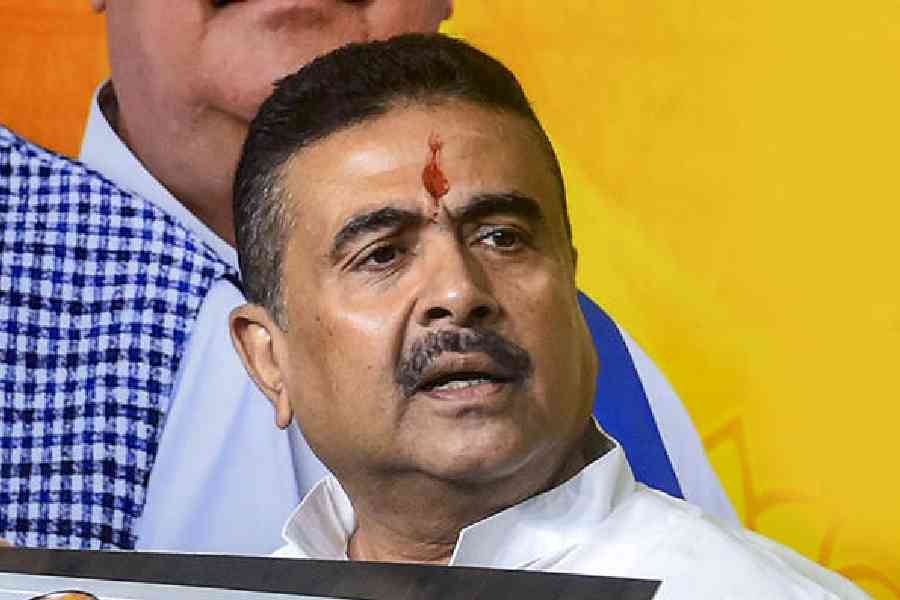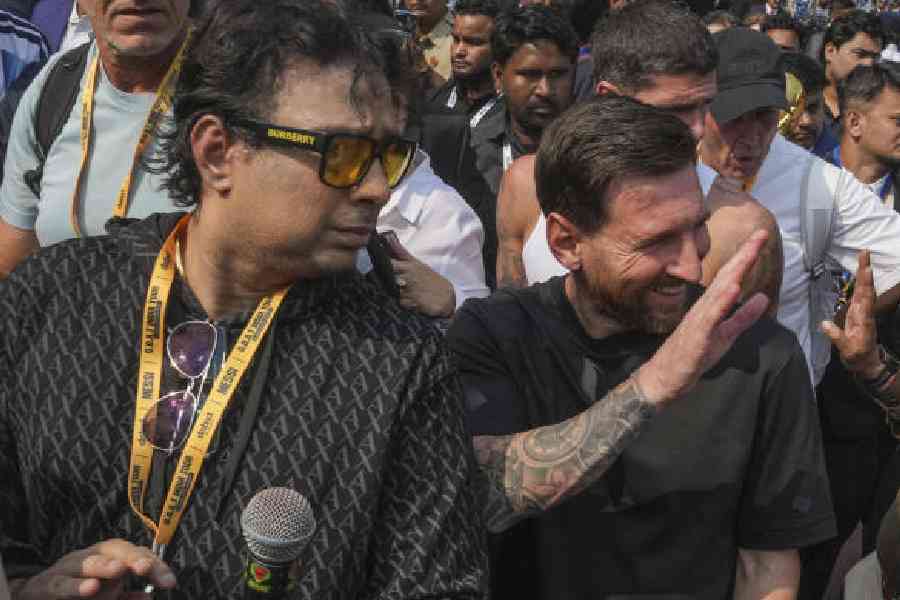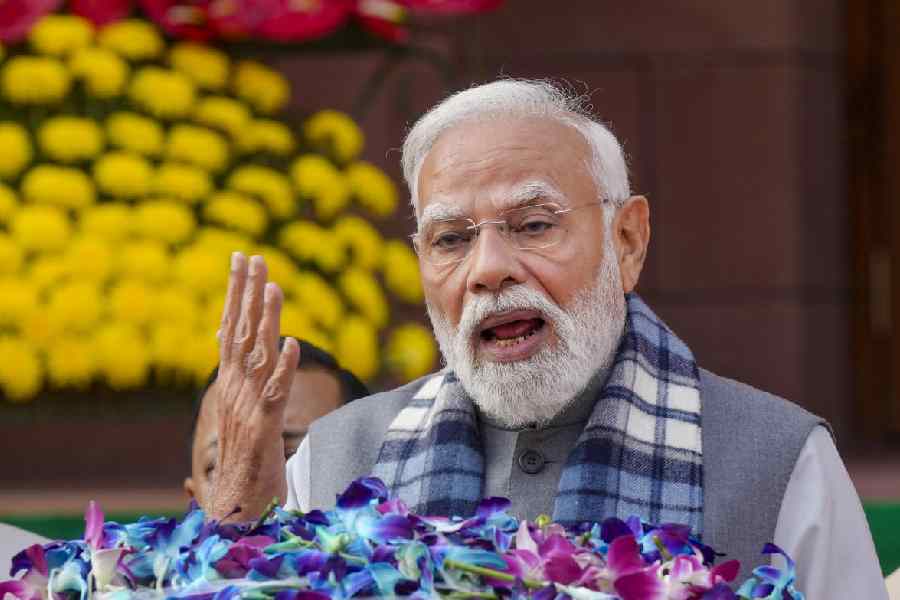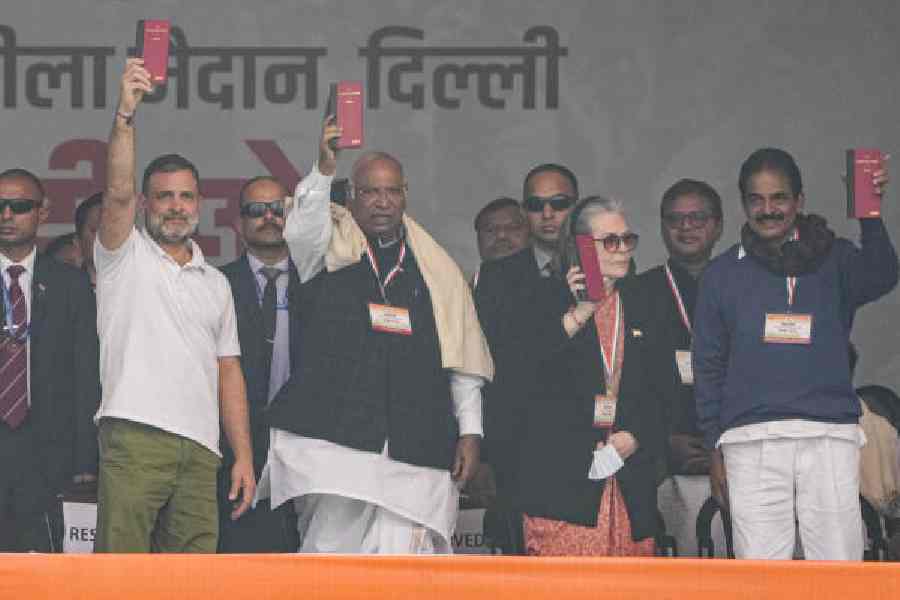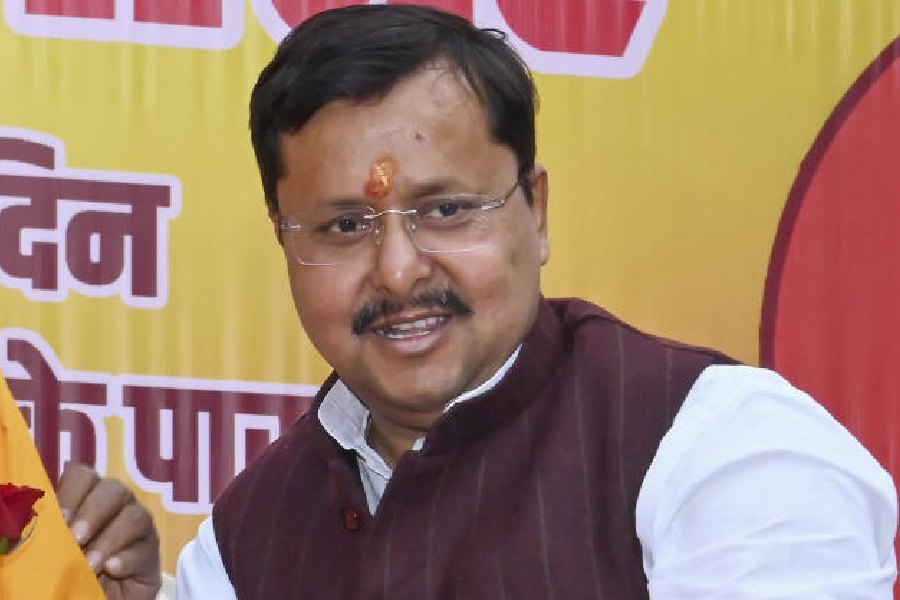|
|
How language works By David Crystal, Penguin £15.75
This is a “how” book par excellence. Bravely compared to a car manual in the preface, it is a bit more ambitious. But it need not be read “from left to right” just as the chapter on tyres in the car manual can be read independently of the chapter on lights. Yet the reader might be left groping for the precise subject for its almost-500 pages. In the section on language structure, David Crystal has two short chapters — all the chapters are short — called “How we mean” and “How we analyse meaning”. He begins by saying that the observation, “language is used to convey meaning”, seems too straightforward to need explication. But it is a very difficult topic and must be discussed. And then he proceeds to do so in two chapters. At which the questing reader might look for the sense — or senses — in which Crystal uses the word “language” in the title. Fruitlessly, as it turns out.
There is a kind of explanation in the first chapter, mysteriously titled “How what works?” It is the “how” of “the human ability to speak, listen, read, write and sign” that Crystal is exploring. But this would not really meet the needs of the questing reader. The book is certainly an easy-to-read compendium: a bit of science, a bit of history, a bit of geography, of demography, of theory, a few anecdotes. Easy to read, mildly witty, mildly soporific, and perfect for the high-school student curious about various approaches to studies of language. He can find out “How children learn speech sounds”, or “How dictionaries work”, or “How sentences work”, or “How we can’t choose what to say”, or “How sign languages vary”, or “How dialects differ from languages”, or “How African families are organized”, or “How multilingualism works” and so on in 73 chapters.
The student will love the definitions scattered on every page, with italics for visibility, from “duality of structure” or “coarticulation” to graphemes and hieroglyphs or, say, derivational morphology, antonym, or dyslexia. Supporting these are labelled diagrams, of the brain and mouth, of pictograms and alphabetic systems.
But he will suddenly be shoved out of his depth from chapter 69, “How not to look after languages”. The thesis that languages change runs quietly through the preceding chapters. There is no warning that Crystal will suddenly burst out into the open brandishing his polemic against all those “non-experts” who dare to fix language within their self-established standards with prescriptions for word-use and punctuation. The success of Lynne Truss’s Eats, Shoots and Leaves is a terrible aberration it seems, a glorification of a “Stalinesque” attitude to language. A car mechanic who repairs a car is an expert, people like Truss are not.
Crystal’s rage would appear to run counter to the all-embracing use of the word “language” in the book. His insistence on its universality of use does not imply generosity regarding different opinions about its use. But the sections under “How to look after languages” help to illuminate the source of the anomaly. “We should look after languages like we look after our cars, by increasing our understanding of how they work,” he begins. He then says, in a section entitled “Learning about language in school”, that teachers in Britain have learnt to appreciate the diversity of languages in children’s lives. Although even Crystal cannot avoid mentioning that children have to be taught the “special properties and power of the standard language” — surely not in the Truss way? — he claims that “analysing and appreciating language variety” remains the “frame of reference” for learning the standard language. It is not literacy but “oracy” (the ability to speak and listen) that is important. The reader, if he is still hanging on, might wonder whether that is why, in spite of experts like Crystal, British schoolchildren are specially deficient in spelling.
Crystal is historical, geographical, theoretical, scientific in his approach to language, but never political. He even remains non-committal with regard to competing theories about the birth of languages or of writing. He also ignores the fact that the teaching of a language can never be independent of politics, even if it is the crude politics of learning or not learning English in the classroom of a Bengal village.
It is only when he begins to talk of British schools teaching their children to manage languages that the reader gets an inkling of where the book is going. At the end of this section, he says, “The UK has taken a lead in thinking through the question of what it means to implement an educational language policy.” Is that what the OBE, honoured for his services to the English language, was getting at all this time? The politics of this use of language is simple enough, its meaning perfectly conveyed. There was really no need for 500 pages.



